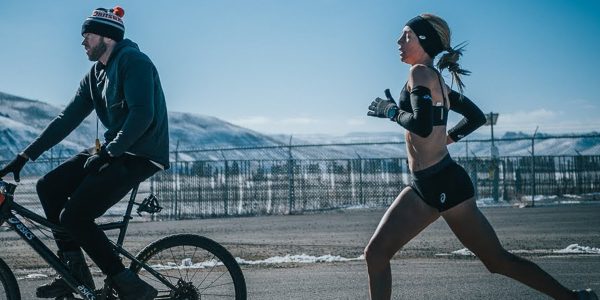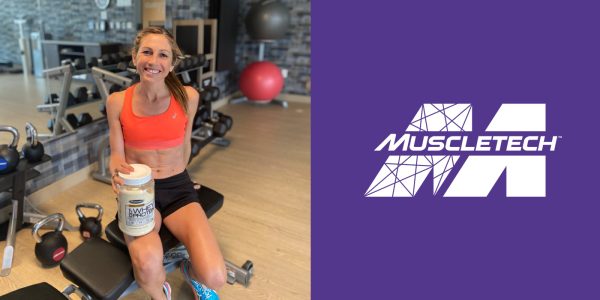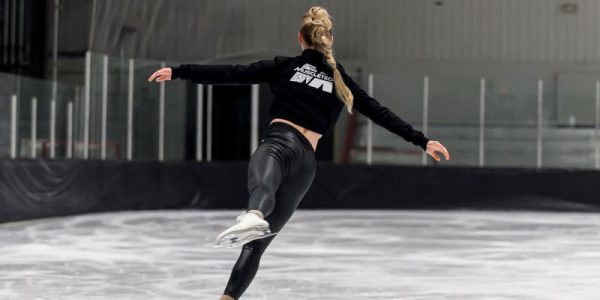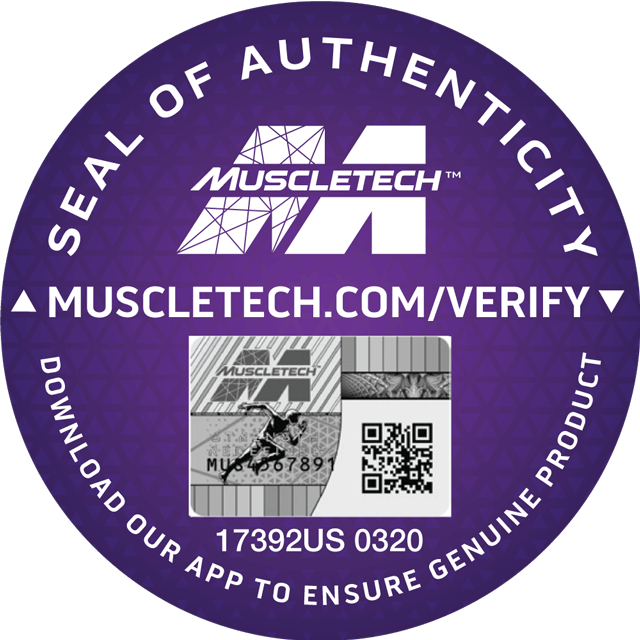APPS TO TRACK YOUR PROGRESS AND SOCIAL DISTANCING
A new wave of runners has hit the streets and average and moderate runners have upped their game, running more frequently than they did prior to the COVID-19 pandemic. It coincides with more than a third of this year’s road racing schedule being canceled or postponed due to coronavirus. While running a marathon is certainly a daunting task for a relatively new runner or even an experienced one, running a 10K, or 6.2 miles, might be a good option for you if you’ve been running 5Ks and are seeking a new challenge.
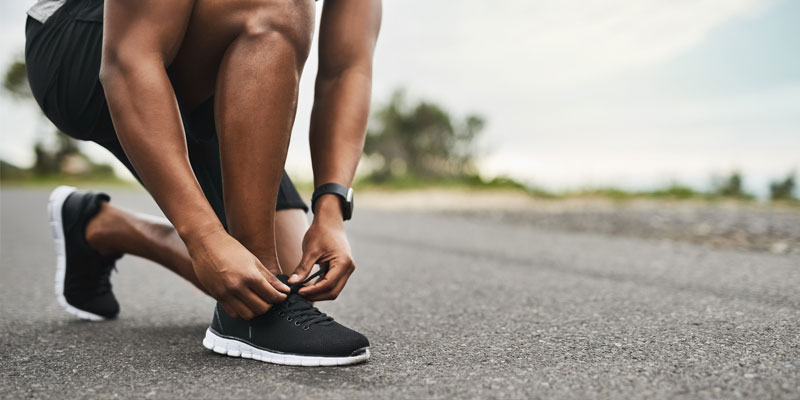
PROPER EQUIPMENT
There are numerous running shoe options out there, which can make finding the right pair seem overwhelming at first. Knowing that there are three different foot types, which can be determined by the wear on your shoes – neutral arch (even wear), flat arch (inner soles of your shoes are worn down) and high arch (a lot of wear on the outer soles) – will allow you to make an informed decision. You can choose either stability shoes (ideal for runners with normal arches), motion control shoes (best for runners with a flat arch) or cushioning shoes (a flexible shoe for people with high arches).
Once you have that figured out, you’ll be able to select the perfect pair, then pick up proper running shorts or pants (depending on the season and the weather where you live), a T-shirt, a sports bra (if needed) and hydration gear. Make sure to test out your gear while you’re training, so that you’re used to it before race day. Remember, when it comes to your running equipment, comfort is key.
TAILORING A PROGRAM FOR YOURSELF
Since this will be your first time running a 10K, it’s a good idea to have a program tailored specifically to your needs. As important as running shoes are, they can’t and won’t make up for, or fix, bad form. You might want to consider working with a running technique specialist, in order to avoid injury before starting your training program.
Running-specific magazines and publications host a variety of 10K training options, ranging from 2-week training programs running either 3 to 4 days per week or 5 to 6 days per week, to an 8-week training program running either 3 days per week, 5 days per week or 6 to 7 times per week. Make sure that you choose an option that works best for you based on the other obligations that you have in your life, such as work commitments and social engagements with family and friends.
These same sites also have answers to common 10K training questions, like what you should do if you’re nervous about running a 10K, having never run that distance before. The recommendation is to build up your training distances in small increments and consider starting out with a 5K if you’ve never raced before, which will then offer you a valuable experience that you can build on.
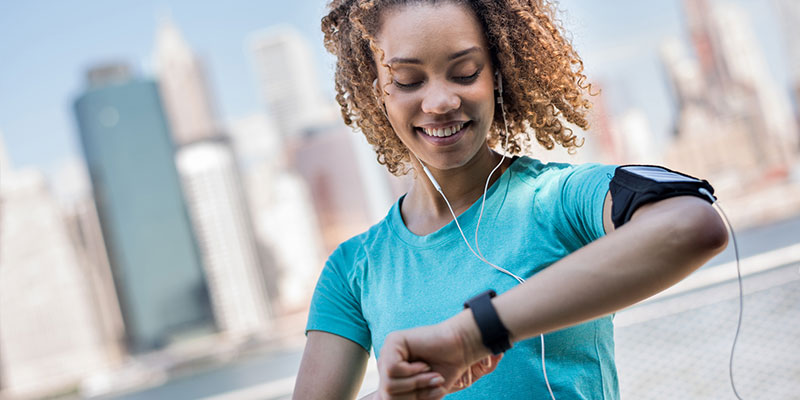
RUNNING APPS TO TRACK PROGRESS
Once you’re comfortable with your training program, you’ll want to track your progress as you go. There are a number of free running apps that’ll allow you to do just that, while also offering more in-depth details and even training programs of their own as a premium feature for paid subscribers. Do your research and determine which ones work best for both your running goals and your budget.
SOCIAL DISTANCING
Now that you have all the right equipment, a running program specifically tailored for you and an app to track your progress, it’s time to get out there and begin training for your big 10K (virtual) race while continuing to follow COVID-19 social distancing guidelines. While exposure to the coronavirus is a risk, a researcher from Appalachian State University found that moderate-intensity physical activity can improve one’s ability to fight viruses. As for the protocols to follow while running, we know that we should keep at least 6 feet between us and other people in public during everyday activities, but a study that looked at how air flows around bodies in motion found that if someone is walking or running, we need to allow for more space around them – preferably at least 15 feet or more.
Even though thousands of road races have been canceled and race registrations in America are showing a 95 percent decline, that doesn’t mean that you can’t complete a virtual 10K race on your own, as long as you make sure that you maintain proper social distancing when running. Then, when road races are safe to pick back up, it’ll give you the confidence to sign up, knowing that you’ll complete what you start – one mile at a time.


